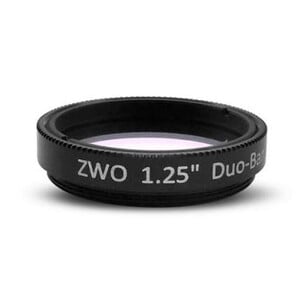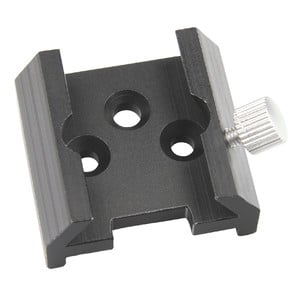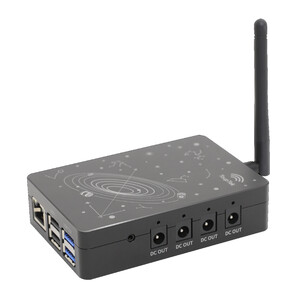The camera with the powerful Sony IMX183 sensor enables astrophotography at a very high level. This modern sensor can be used for many areas of astrophotography. The 2.4 µm pixels provide extremely high resolution, which makes excellent use of the imaging quality of very high-quality, fast telescopes.
Another advantage is the sensational light sensitivity. The quantum efficiency of 84% and the very low amplifier glow ensure that the camera is not only very well suited for shooting objects in the solar system, but also for deep sky astrophotography.
BSI, back-illuminated CMOS structure:
One benefit of the back-illuminated CMOS structure is improved sensitivity. In a typical front-illuminated sensor, photons from the target entering the photosensitive layer of the sensor must first pass through the metal wiring that is embedded just above the photosensitive layer. The wiring structure reflects some of the photons and reduces the efficiency of the sensor.
In the back- illuminated sensor the light is allowed to enter the photosensitive surface from the reverse side. In this case the sensor’s embedded wiring structure is below the photosensitive layer. As a result, more incoming photons strike the photosensitive layer and more electrons are generated and captured in the pixel well. This ratio of photon to electron production is called quantum efficiency. The higher the quantum efficiency the more efficient the sensor is at converting photons to electrons and hence the more sensitive the sensor is to capturing an image of something dim.
Colour or mono? Black and white cameras have the advantage of higher sensitivity and resolution than colour cameras. However, more effort is required to obtain a colour image. You also need colour filters and a filter wheel
Scope of delivery
- camera
- Dust cap
- USB 3.0 high-speed cable
- Autoguiding cable
- CD with drivers






